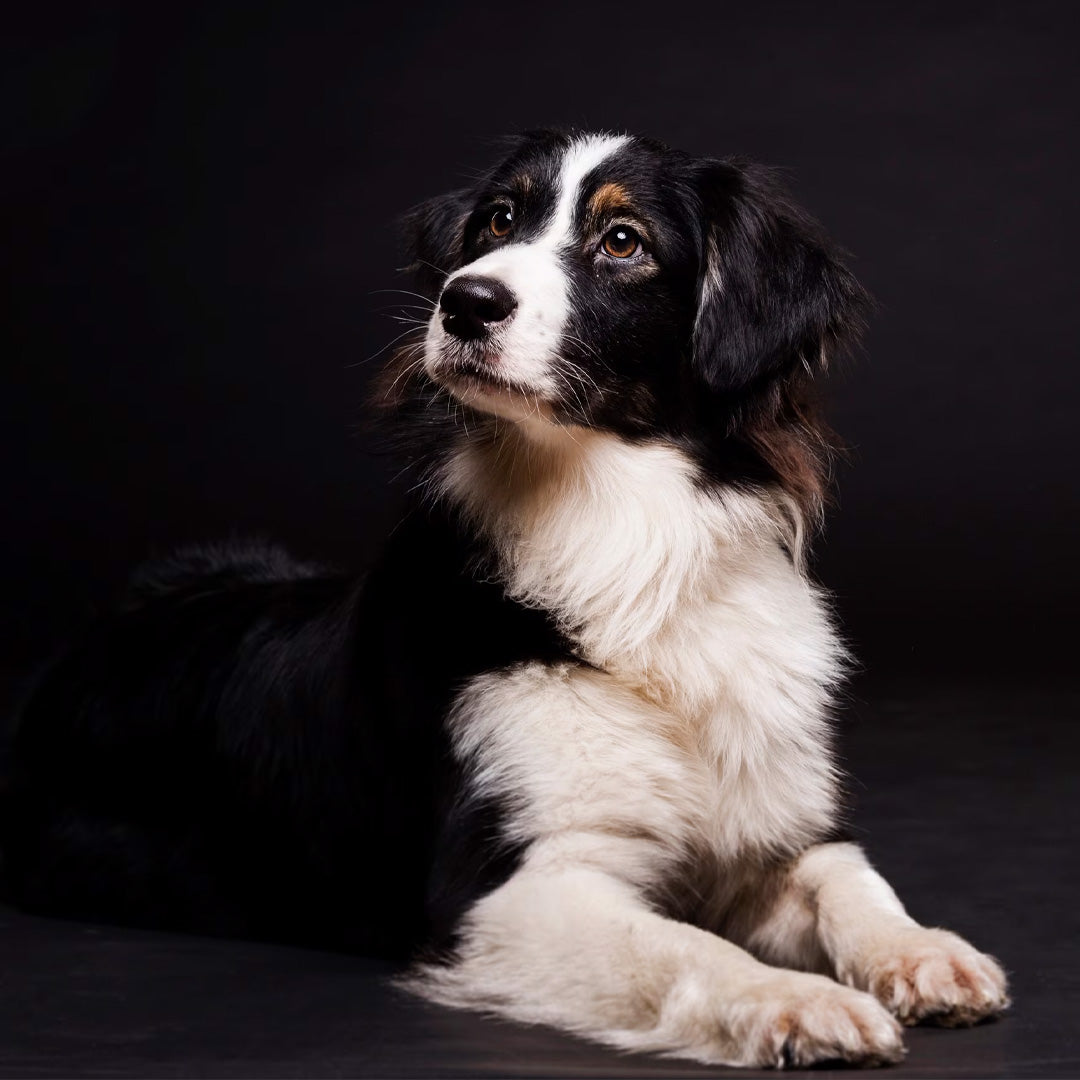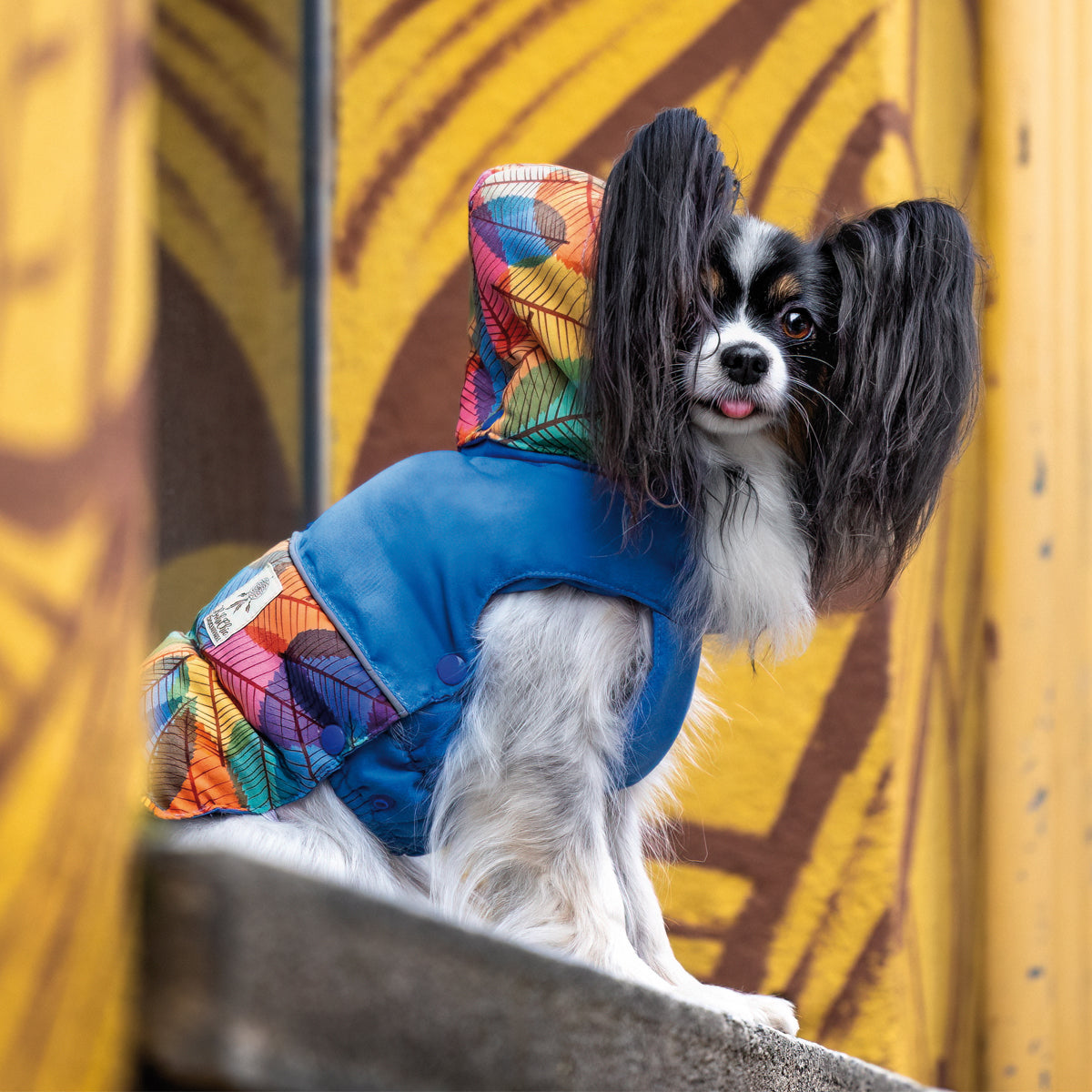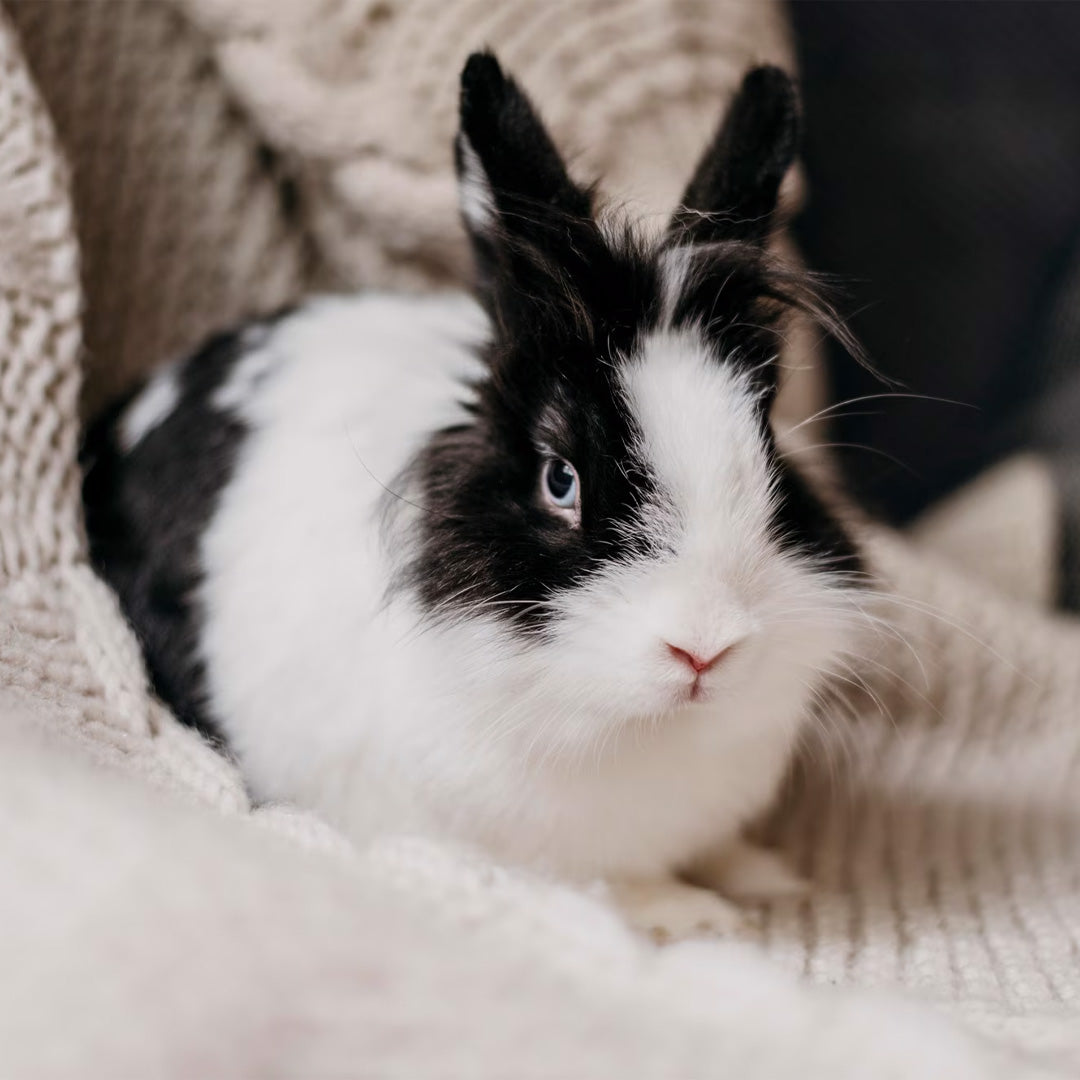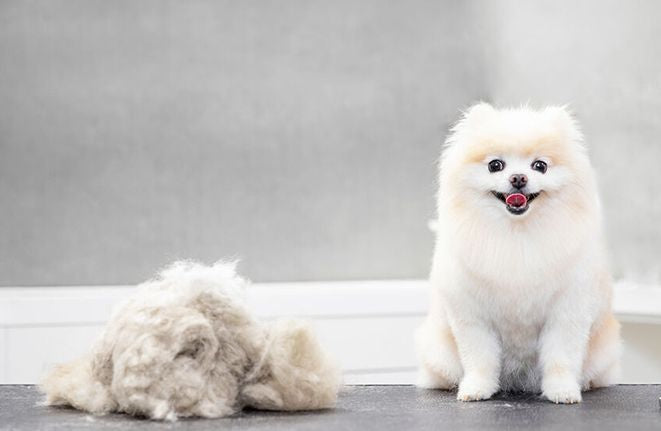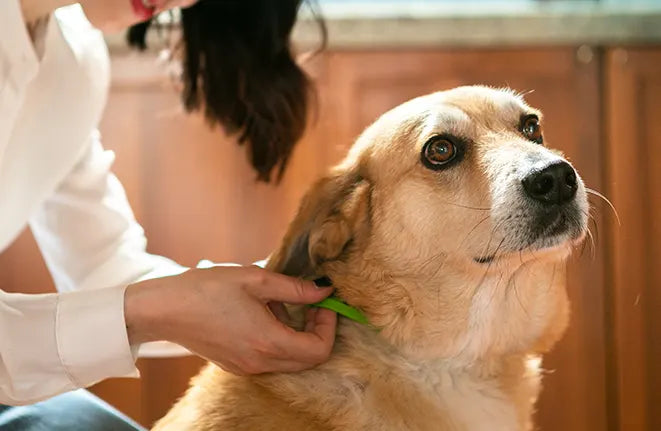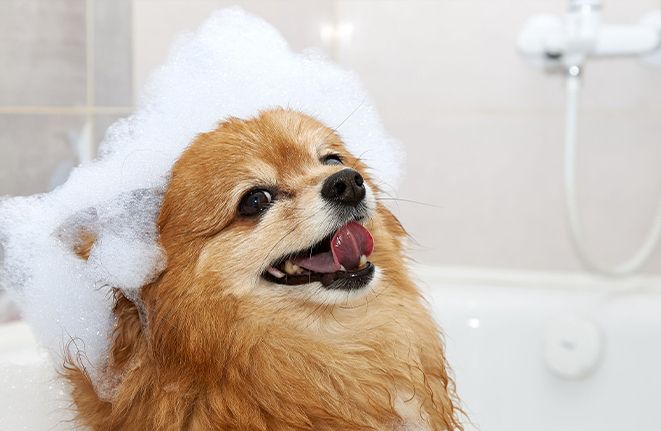Your puppy is shedding a lot of hair, forcing you to clean up several times a day. If this is your case, in this article you will find a clear and simple explanation of why your dog is going through this period and also some useful advice on how to deal with it.
Why does this happen, is it serious?
Every year, several times a year, the dog faces a completely natural and physiological process, known as the dog moult, which consists of the renewal of the hair. The moult is not a process that is faced by all dog breeds, in fact it only affects those that have hair and undercoat. For example, German Shepherd, Border Collie, Australian Shepherd, Siberian Husky and Malamute.
What is the difference between fur and undercoat?
- The hair or giarra is the outermost and thickest layer of the coat and has the task of protecting the animal from the cold, rain and wind, for this reason it can be considered a covering coat.
- The undercoat , also called secondary hair, is made up of shorter, softer and finer hairs and serves as thermal insulation, protection from micro-abrasions and is waterproof.
However, not all dogs have an undercoat and therefore not all dogs shed. This is the case of small or medium-sized dogs such as Yorkshire Terriers, Poodles, Maltese and Shizu that have a single layer of outer fur that protects them throughout the year.
Why does the dog shed?
Dogs' moulting is a process that starts with temperature variations, which is why it should happen twice a year. With the shedding of the spring hair, the entire winter coat is completely renewed, thus facilitating the growth of lighter hair in preparation for the summer period. In autumn, however, the summer hair gives way to thicker hair in order to protect our furry friend from the freezing winter cold.
We had the pleasure of talking with an expert in the sector, Simone Morelli, professional groomer of Spettinati Toelettatura . During the meeting he reiterated a key concept several times: there is no longer a precise period in which pets face the renewal of their fur and this happens because the transition from the cold season to the warm season no longer occurs through a gradual change in temperatures as in the past.
In addition to the climate issue, the intervention of the human hand, through the use of refrigeration systems in summer and heating in winter, accentuates an imbalance in the thermoregulation of the animal. In fact, if before the fur was renewed during the months of the change of season (autumn and spring) to prepare for the incoming temperature, today, especially animals that live in the city are no longer able to thermoregulate and often are unable to complete the moult before the arrival of the new season.
How long does a dog's shed last?
The actual duration of the moult depends on several factors, such as its habits. A dog that spends most of its days indoors, both in winter and summer with the heaters and air conditioners on, will not maintain a regular moulting rhythm, but will have a periodic and constant renewal of the fur.
It is different for a dog accustomed to being outdoors. In that case, always taking into account what was said above about temperature, a dog that lives outdoors may have a shorter and more intense molt than a dog that lives indoors.
In a normal context, the moult can last from 3 to 7 weeks , but it must be considered that dogs with long and thick fur will have a longer replacement time. This is the case of the Chow Chow, the Siberian Husky and the German Shepherd.
When is shedding abnormal in dogs?
As already specified, shedding is a totally natural and necessary process for the dog because it allows its coat to renew itself and grow stronger and thicker, this does not mean that there are no pathologies that can deceive the most distracted owner. For this reason, we recommend having your dog checked by the vet in case there are symptoms such as suspicious scabs, patches of short hair, very dry and irritated skin, especially if the dog scratches and licks insistently in one area or in multiple areas of the body. Keeping the dog's skin and hair under control is essential to prevent the development of serious pathologies or parasites.
What to do to manage a dog that sheds too much hair?
The shedding period can cause discomfort for both your puppy and you; so, let's see together what precautions any owner of a shedding dog should take.
Brushing the dog
Generally, it is advisable to turn to a professional groomer who, thanks to his manual skills and professional equipment, can obtain excellent results in a very short time. For those who have dogs with a particularly demanding coat, home maintenance may be necessary. If the dog breeds have a long and thick coat, then this operation must be done daily.
Brushing is easier if done after a bath and during the drying phase, this is because the air from the hair dryer allows you to blow away excess hair. In any case, it is not advisable to wash the dog too frequently so it is sufficient to brush the dog even for just 5 or 10 minutes a day. This process greatly facilitates the replacement of the hair, avoiding the formation of knots that could prevent the correct oxygenation of the skin.
There are brushes that allow you to eliminate excess undercoat without too much effort. How to do it?


- Step one : use a carding brush . Carding the fur means not only eliminating excess hair but also eliminating knots that could impede hair growth and oxygenation of the skin.
- Step two : use a soft bristle brush . Once you have finished removing the excess hair, you can proceed using a brush with soft bristles. This operation is necessary after carding if you want to obtain a shiny and soft coat.
Some tips to protect yourself from hair 
After seeing some simple tips to follow to facilitate the shedding process, you are probably wondering how to protect yourself from the mountain of lost hair. First of all, don't panic! Hair sticks everywhere and occupies every surface, but at home, in addition to the classic vacuum cleaner and duster, you can use special brushes that will help you collect all the hair stuck to the surfaces of the sofa, on clothes or curtains.
This is the case of the classic adhesive brushes that thanks to the self-adhesive strip effectively collect not only hair and fur but also dust. A very useful tool is also the Magicfur brush , a brush with a self-cleaning base that removes all the hair trapped on the surfaces, cleaning in a short time and without effort sofas, bedspreads, curtains and even the culprit's kennel.

Finally, car seat covers can be a valid support to safeguard the interior upholstery of your car. In this way, the hair will not remain stuck in the seat fabric during transport, but will settle on the cover that has been specifically designed to facilitate cleaning. With these simple measures we are sure that you will be able to survive the moulting period without too much difficulty!
